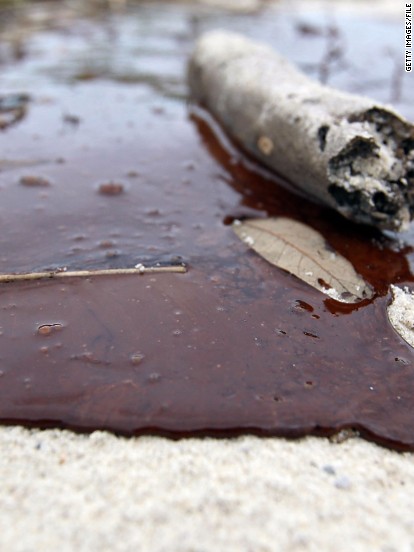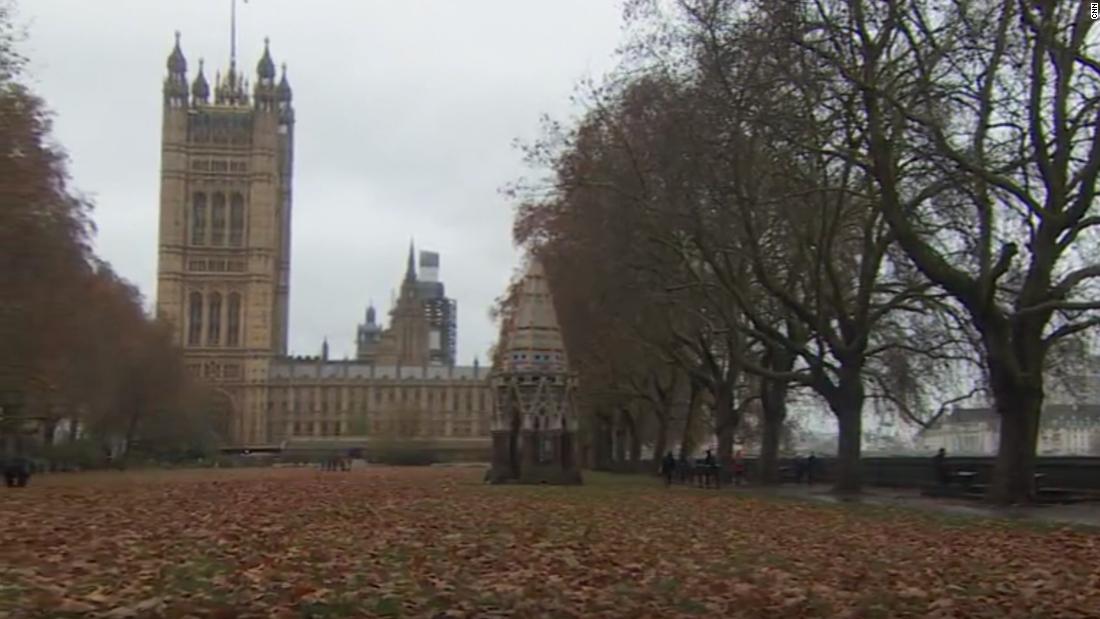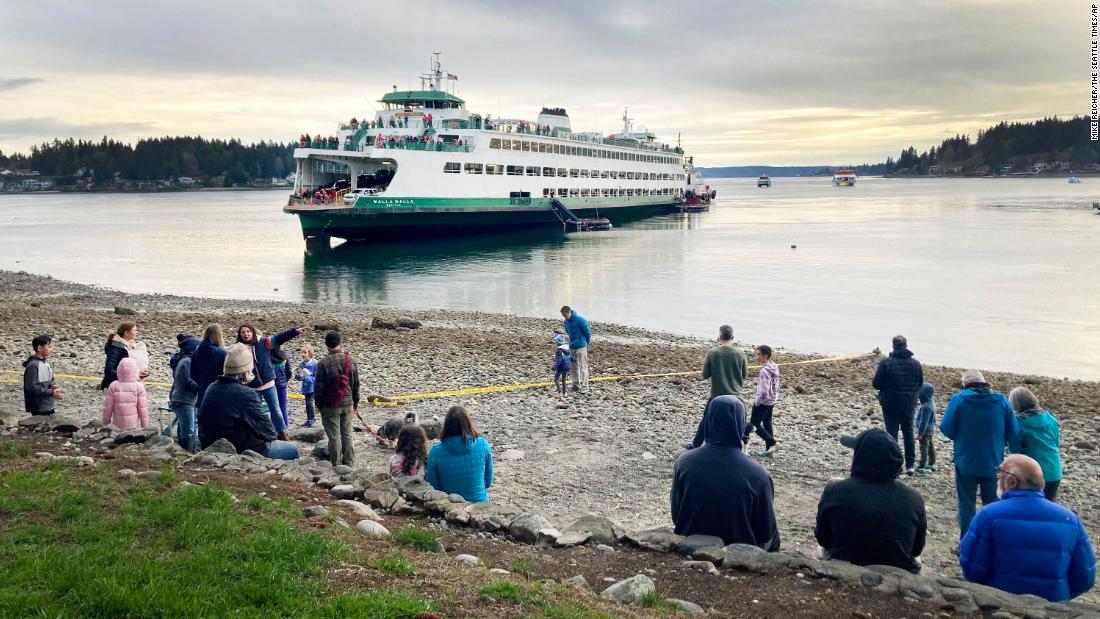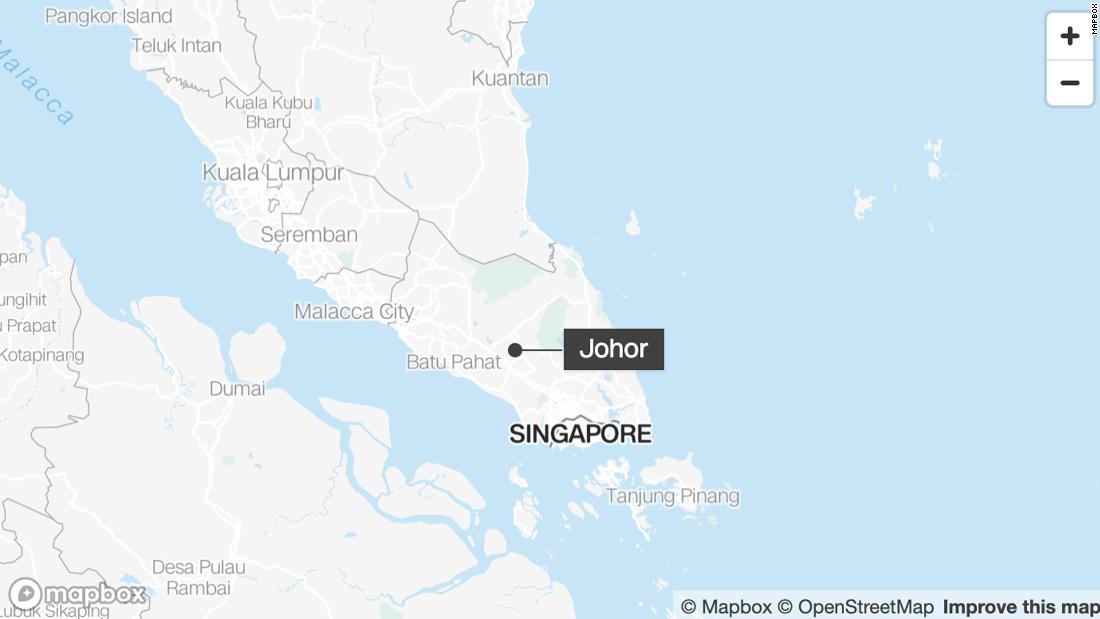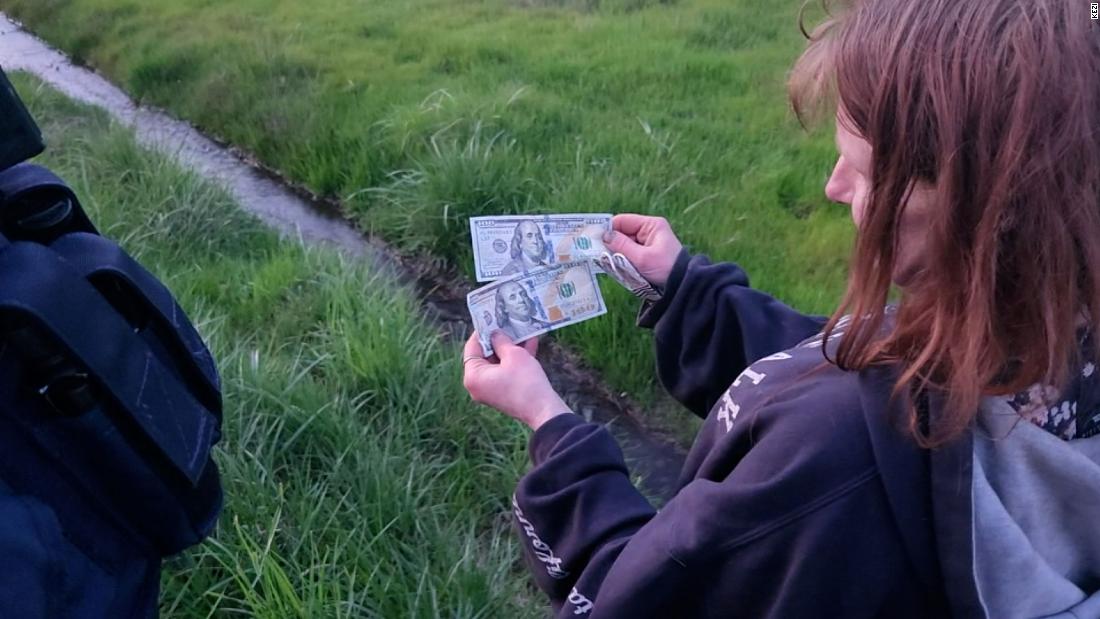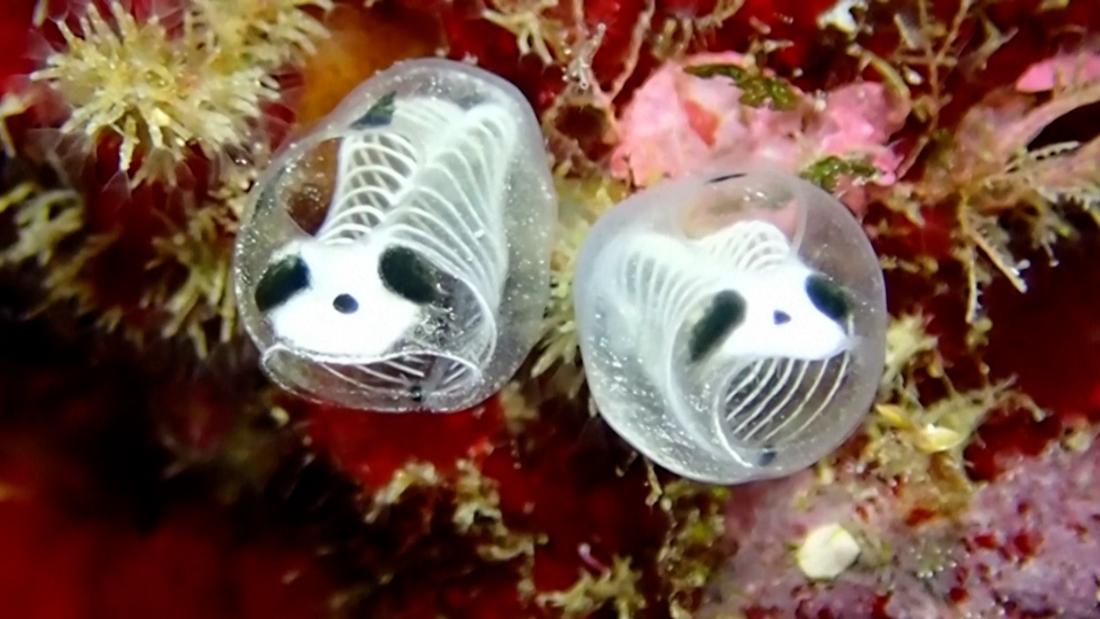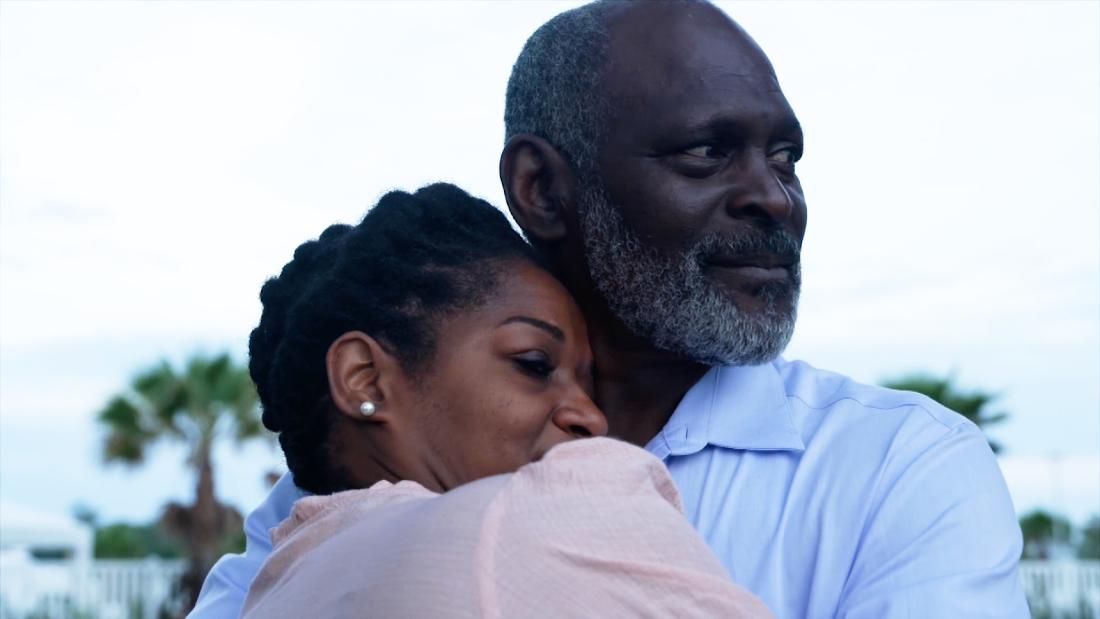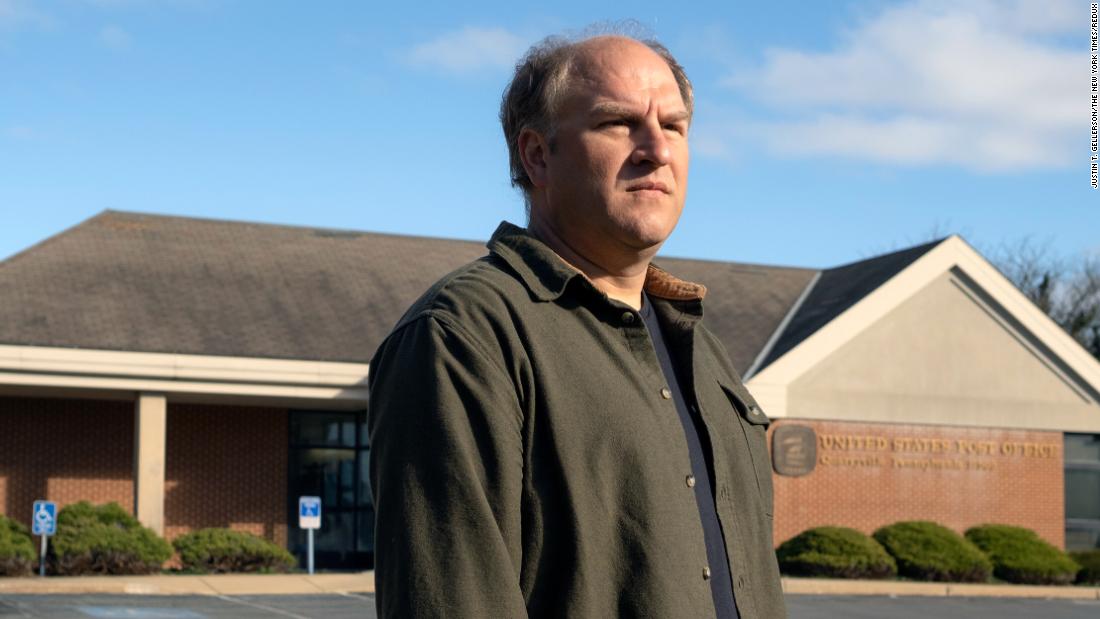IT took us three weeks to find a weather window to reach the Calf of Man – a rugged, storm-lashed island off the southern tip of the Isle of Man.
So imagine living and working there, with the threat of being marooned for days – often weeks – on end, when the unforgiving Irish Sea makes it impossible for boats to bring food and supplies.
Manx National HeritageThe Calf of Man is a a rugged, often storm-lashed 600-acre island off the southern tip of the Isle of Man[/caption]
Simon RichardsonWarden Aron Sapsford (right) and volunteer Mike Haigh (left) work on the Calf of Man[/caption]
It’s not an easy life, but one its full-time warden Aron Sapsford, wouldn’t want to change.
“Every day’s different, even now there’s a real excitement to it,” he tells The Sun when we visit on a damp, misty Monday.
“Stocks can run a bit low when the boats can’t get in, but we get by.”
The picturesque 2.5 square kilometre Calf – Norse for ‘small island’ – is one of the most important bird sanctuaries in the British Isles, home to rare, endangered species including Manx shearwater, puffins and choughs.
They share the space with Aron and another warden, Ben, along with unpaid volunteers like ornithologist Mike Haigh who support their work at the Bird Observatory and visit for weeks at a time.
Living the life of a castaway, yet close enough to the ‘mainland’ with all the accoutrements of modern life can play with your mind – especially when it comes to food.
Just across the perilous narrow, half-a-mile wide stretch of water called the Calf Sound, where the clash of two opposing currents creates an endless frenzy of frothy waves, sits a popular cafe on the headland.
“We have been discussing the possibility of acquiring a drone which the cafe can load with cake or pizza and fly back over to us,” Aron jokes.
GettyThe Calf is cut off from the mainland by a perilous narrow, half-a-mile wide stretch of water called the Calf Sound[/caption]
Simon RichardsonIt’s only accessible by boat – with timetables very much dependent on the unpredictable weather[/caption]
Existing on fairly basic rations brought over by boat is probably the only real hint of hardship that registers with Aron – who has been there for over 11 years.
“I remember having a craving for Stilton cheese, but they never brought any,” he recalls.
“It was as if the whole of the Isle of Man had run out.”
Food orders when they do arrive have, as Mike explains, often been lost in translation.
“We asked for four cheese pizzas once, but got one four cheese pizza,” he says.
“Then there was the box of milk. We thought we’d asked for a single carton, but got a box containing about a year’s worth!”
Home for the wardens is an old Manx farmhouse built in the late 1700s – and inside, not a lot has changed.
Simon RichardsonHome for the wardens is an old Manx farmhouse built in the late 1700s[/caption]
Simon RichardsonThe house – which has no mains water, electricity or gas – is pretty basic inside[/caption]
There’s no mains water, electricity or gas, and creature comforts are in fairly short supply.
An old diesel generator backed up by powerful batteries offers the only power source.
There are bedrooms for the wardens and three more for up to eight guests, a single shower and toilet, and basic kitchen facilities.
A recent nod to modernity has been the arrival of internet access.
Aron says: “The phone signal isn’t great, but with the internet we can continue the process of transferring over 60 years of hand-written daily bird records to an electronic format. It’s a big job.”
A typical day for Aron and the team sees them rise at 5.30am and work up to 16 hours before returning to the farmhouse for food, then bed.
“We have a TV, though I can’t remember when I last watched it,” Aron admits. “We’re usually too tired.”
Simon RichardsonAron’s job looking after the birds means he spends weeks apart from his wife Karen[/caption]
Simon RichardsonThe Calf of Man is home to a wide variety of rare birds including Manx Clough (pictured)[/caption]
Aron’s job means he can spend weeks apart from his wife Karen. Three years ago she moved to the Isle of Man from England so that they can be closer, and she visits the Calf whenever she can.
She arrived at the same time as The Sun to spend a couple of weeks in the solitude the Calf offers, to work on her Masters degree.
Also visiting were two engineers from the Isle of Man, to install new batteries and an inverter to ease the farmhouse generator’s workload.
They’d planned to finish the job in a day, but with a worsening weather forecast they were forced to abandon the installation and return early on the advice of boat Captain Tom, who operates Boat Trips Isle of Man.
They hope to return in a few days.
There was also a team of seal counters; the Calf has a large population of grey seals and it’s currently pupping season.
“We carry out a detailed count annually,” explains Dr Lare Howe, a marine officer with the Manx Wildlife Trust.
“We’ve identified seals that have been tagged in Cornwall, which shows the distances they travel.
“Our research gives us information on population mortality rates and movement.”
Simon RichardsonThe Calf wardens are employed by the Manx Wildlife Trust charity. This net is used to trap the birds so they can be recorded[/caption]
Simon RichardsonLara Howe (left), a marine officer at Manx Wildlife Trust, was visiting the Calf along with volunteer researcher Duncan Kenny and student Beth Begbie[/caption]
The Calf wardens are employed by the Manx Wildlife Trust charity.
It works closely with Manx National Heritage (MNH) which, as custodians of the 600-acre Calf, manages its landscape and structural assets, including two disused lighthouses, one built by Robert Stevenson in 1818.
MNH ensures the observatory has a well-stocked medical kit and wardens and researchers are required to log their planned work programme and location each morning.
But accidents can happen.
Some years ago, while checking on a nest at one of the lighthouses, Aron slipped and fell, sustaining a badly broken leg.
Thankfully he had his phone and could call for help, but because of the limited access to the mainland the only option was medical evacuation by emergency helicopter.
Even that was fraught with difficulty; on arrival the chopper crew realised they’d need help to extricate Aron from a difficult location and had to bring in coastguard rescue personnel from the Isle of Man.
Some hours later Aron was eventually able to receive the medical help he required at Nobles Hospital – roughly 20 miles away – and he is now fully recovered and back with his team doing the job he loves.
It was a sombre reminder that life in a remote location can spring unexpected and unwanted surprises.
Simon RichardsonOne of the lighthouses on the Calf of Man[/caption]
Another light house sits off the shore on ‘Chicken Rock’Manx National Heritage
Simon RichardsonThere are no shops, roads or pubs on the Calf[/caption]
Over seventy years ago, when the farmhouse was worked by a resident family, a drama of a different kind unfolded when the farmer’s pregnant wife went into labour early.
It was during a long period of stormy weather during which no boats could access the Calf.
Desperate for help he ran to one of the lighthouses armed with paper and firewood and lit a fire in the hope that the lighthouse keeper on the nearby Chicken Rock lighthouse, off the south coast of the Calf, would see it and raise the alarm.
The fire went out several times so he went back to the farmhouse and returned with a brush and a pot of white paint, with which he wrote the word ‘baby’ on the lighthouse wall.
Fortunately it was spotted and the information was relayed from Chicken Rock to Edinburgh and then Wales, and a chopper was dispatched to the Calf.
It ended happily with the birth of a baby girl. Both mum and daughter have visited since, and after Mum’s death her ashes were spread there.
Captain Tom – Boat Trips Isle of ManChicken Rock Lighthouse – which used to be manned[/caption]
For volunteer Mike, whose home is in Wales, being away from his partner is the price he has to pay for his dedication to his profession.
“I think she likes it when I’m over here,” he jokes.
Unpaid volunteers, usually around four, spend up to nine weeks at a time helping out on the Calf, receiving just a small subsistence grant.
During the summer the Calf is open to visitors (up to eight at a time) who can book stays at the Observatory through Manx National Heritage. In a typical year it welcomes between 3,000 and 5,000 people.
There are three bedrooms for those who stay, though it’s far from five-star. Each guest must bring their own food and five litres of fresh water, the bathroom facilities are shared, and only the wardens can take showers due to limited stocks.
Some come for just a day, though on occasion a rapid change in the weather can mean they have to stay longer than anticipated.
“We love the visitors coming,” Mike says. “They bring over food and often leave all sorts of treats behind for us.”
As we chat to Mike and Aron, the two men gently remove small birds from cotton bags to be ringed, weighed and aged before they’re sent on their way – many to shores as distant as Africa and southern Europe.
Mike recording one of the small birds
The view of the farm house on the walk from the harbourManx National Heritage
“Everything we do is focused on the welfare of the birds,” Mike says, his large calloused hands delicately applying a tiny ring to the tail of a young Chaffinch.
“This one is about five months old,” he estimates. “We love what we do. The solitude, peace and self-sufficiency is part of the attraction.
“I find it a bit overwhelming when I return to the UK with all the traffic and people.”
The treacherous Calf Sound stretch of sea – a mecca for wildlife including basking sharks, dolphins and whales – has got the better of many mariners over the centuries.
In 1852 the Brig ‘Lily’ – bound for Africa from Liverpool carrying a cargo of gunpowder, firearms and rum – was wrecked on Kitterland, a small rocky outcrop between the Calf and the mainland.
Five of her 13-strong crew were killed trying to escape the wreck.
The following day, during attempts by people from the nearby town of Port St Mary to salvage the cargo, the gunpowder ignited and 29 men from the village died in the explosion, heard 18 miles away.
Thankfully Captain Tom skilfully negotiated the rocky approach to Cow Harbour to pick us up for our voyage home – while dozens of grey seals watched our every move.
With thanks to Manx National Heritage (Dr Erica Spencer and Shaun Murphy), Manx Wildlife Trust, the Calf Observatory wardens and the crew from Boat Trips Isle of Man.
Simon RichardsonSeals watch us as we depart the Calf[/caption]
Simon RichardsonThe Calf of Man receives up to 6,000 visitors a year[/caption]
Simon RichardsonBoat Trips Isle of Man operate tours of the Calf[/caption] Published: [#item_custom_pubDate]
















































